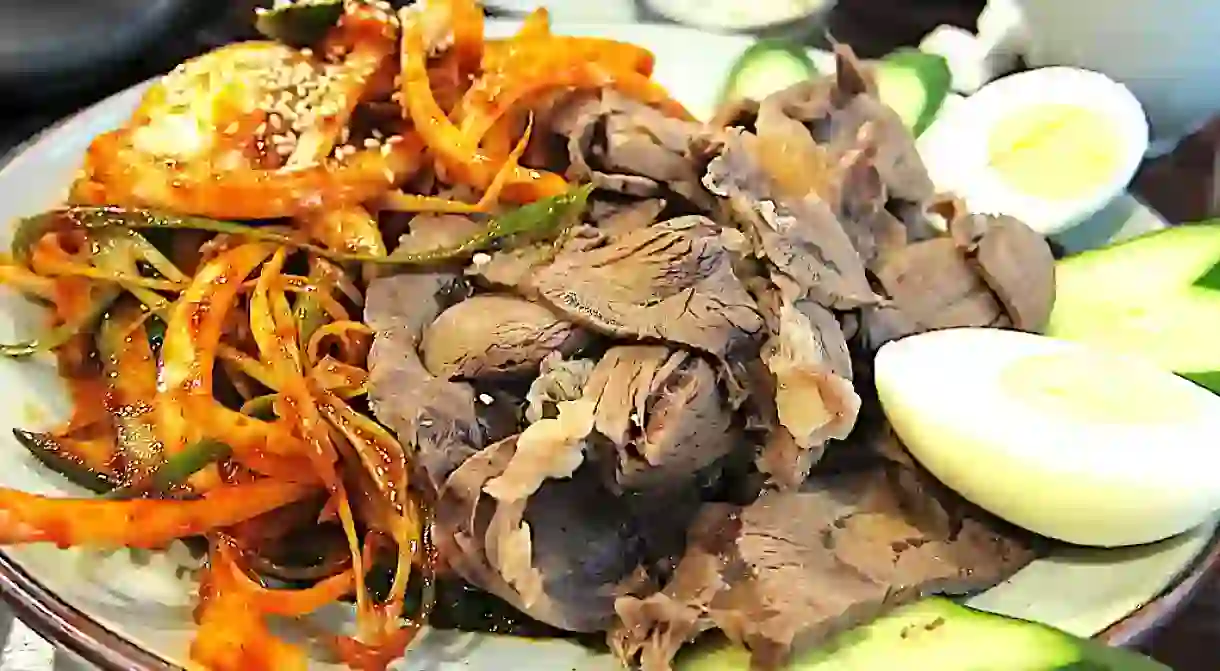The 10 Best Restaurants In Seoul

Residents of Seoul are renowned for their propensity to dine out on a regular basis, partly due to the long hours that most people work, and partly due to the enticement of its vibrant culinary scene. Seoul’s wide array of restaurants, bars and market stalls encapsulate the riches of Korean cuisine, which has recently risen to global prominence. Here are ten of the best places to eat out in the city.
Song Jook Heon (송죽헌)
Byeokje Galbi (벽제갈비)
Restaurant, Korean, Asian

Eulji Myun Oak (을지면옥)
Imun Seolleongtang (이문 설농탕)
Si Hwa Dam (시화담)
Restaurant, Korean
Na Jeong-sun Halmae Jjukkumi (나정순할매쭈꾸미)
Jjukkumi (mini-octopus) is another delicacy unique to Korea. These baby octopuses are typically marinated in a red chili ‘gochugaru’ sauce and then stir-fried. It is notorious for its spiciness, even among the spice-loving locals. The dish is often served with grilled pork belly (samgyeopsal) or perilla leaves and is a common accompaniment to the massive quantities of Soju which is drunk every day in Seoul. The best place to find Jjukkumi is the ‘Jjukkumi Alley’ in Yongdu-dong, in which every restaurant is dedicated to the fiery treat – there is even a Bronze statue of an octopus marking the entrance to the alley. Na Jeong-sun Halmae Jjukkumi is considered the best of these restaurants and is run by Grandma Na Jeong-sun who has served her own distinctive take on Jjukkumi for several decades.
Jjukkumi Alley, Yongdu-dong, Seoul

Gae Hwa Oak (개화옥)
Restaurant, Korean, Asian
Nolboo Sulfur Duck Restaurant (놀부유황오리진흙구이-잠실점)
Restaurant, Korean, Asian
Goraebul (고래불)
Restaurant, Seafood, Asian, Korean
Gwangjang Market (광장시장)
Market














